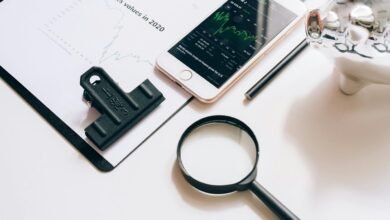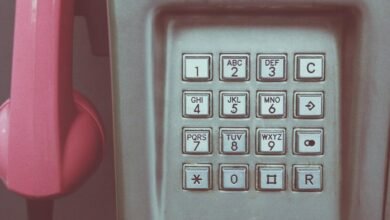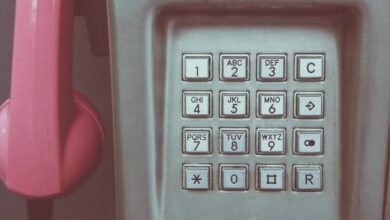Who Called Me From 8334393081, 8334393082, 8334393084, 8334533103, 8334541357, and 8334911791? Verify Now

Calls from numbers such as 8334393081, 8334393082, and others in the 833 series warrant scrutiny. These toll-free numbers may often mask scams or solicitations. Individuals receiving such calls should consider verifying the authenticity of the caller. By exploring the nature of these numbers, one can better understand the risks associated with answering them. The implications of ignoring this verification process could be significant. What steps can one take to safeguard personal information?
Understanding the Caller ID of 833 Numbers
How can one effectively identify calls from 833 numbers? Employing caller identification methods is essential.
Users can utilize number verification tools to ascertain the legitimacy of these calls. By cross-referencing the 833 number with databases or online resources, individuals can determine whether the caller is reputable or potentially fraudulent.
This proactive approach empowers users, enhancing their ability to safeguard their privacy and personal information.
Common Scams Associated With 833 Area Codes
While many individuals may perceive calls from 833 numbers as legitimate due to their toll-free nature, a notable number of scams are associated with these area codes.
Common spam tactics involve impersonating reputable organizations, offering fake prizes, or soliciting personal information.
Identifying fraudulent calls requires vigilance and awareness, as scammers exploit the toll-free perception to bypass skepticism and gain trust.
Tips for Handling Unwanted Calls and Protecting Yourself
Calls from 833 numbers, often perceived as trustworthy due to their toll-free designation, can pose significant risks when associated with scams.
To safeguard personal information, individuals should block unwanted calls using their phone’s built-in features or third-party applications.
Additionally, reporting spam calls to relevant authorities helps reduce overall scam activity, contributing to a safer communication environment for everyone.
Conclusion
In navigating the realm of unsolicited calls from 833 numbers, individuals face a duality of risk and opportunity. While these calls may present legitimate offers, they also harbor the potential for deception. Vigilance in verifying the authenticity of such numbers fosters a sense of security, contrasting the anxiety that often accompanies unknown callers. Ultimately, adopting a proactive approach to identifying and managing these communications equips individuals with the tools necessary to safeguard their personal information against emerging threats.





